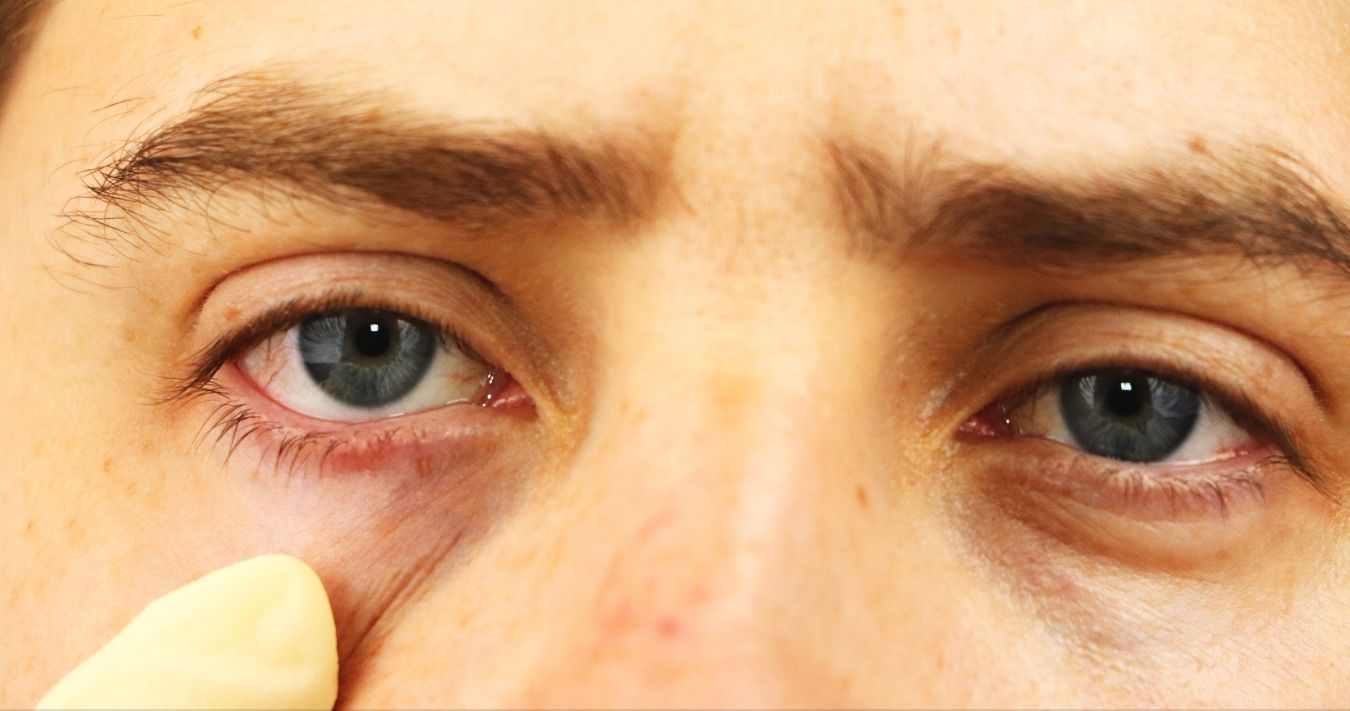Top Treatment Options for AMD
AMD can lead to vision loss, impacting the center of the vision (namely, the retina), but thankfully, it rarely leads to full blindness. To help, there's Eylea, a drug used to treat age-related macular degeneration.
Eye Injections (Eylea)
Anti-vascular endothelial growth factor (anti-VEGF) injections inhibit the action of a protein responsible for the creation of new blood vessels. In fact, this treatment has been around for quite some time, making it one of the first ways to treat AMD.
During these injections, the eye is numbed. From here, the injection is delivered directly to the affected eye. Depending on the severity of your AMD and its progression, injection schedules can vary—usually every three to 12 weeks.
One of these eye injections is known as Eylea, which is FDA-approved and one of the most commonly used and effective injections for wet AMD. It’s particularly effective when injected regularly at higher doses (with the effects potentially lasting for three to four months).
Wet AMD Treatments
Wet AMD is the least common type of macular degeneration. However, it usually causes more severe vision loss when compared to dry AMD. This type happens when abnormal blood vessels grow in the eye, impacting the retina. Here are the most common treatments for wet AMD.
Photodynamic Therapy
Photodynamic therapy for wet AMD helps destroy these excess and abnormal blood vessels via the use of a laser and injectible light-sensitive drug.
Yet, it’s important to note that this type of treatment may be combined with anti-vascular endothelial growth factor injections, like Eylea. Your eye specialist will determine the best combination of therapies for you and your specific condition.
Gene Therapy
With new treatments being studied all the time for AMD, gene therapy shows great promise. It also offers a potential alternative to eye injections. Studies indicate that it may be a “one-and-done” type of treatment, meaning it directly targets the VEGFA gene (making eye injections no longer necessary).
While research is ongoing, there are two different procedures that may be possible:
The first one involves injecting the gene therapy beneath the retina during a surgical operation.
The second option is done within the confines of your ophthalmologist’s office, similar to how eye injectibles are given.
For now, this therapy may be more expensive than other options, but it also has the upside of not having to return for further treatment. At the same time, it may not be appropriate for everyone. Again, your eye specialist or doctor will determine what is best for you.
Dry AMD Treatments
Dry AMD is the most common type of macular degeneration. In these cases, the eye’s macula thins over time, causing central vision loss. Below, we explore treatments for this type.
Antioxidant Vitamins
These vitamins work by protecting the retina and macula from further oxidative damage. Oxidative damage is caused by free radicals in the body; however, antioxidants help combat them.
These vitamins may also help lower inflammation, which can be a contributing factor to dry AMD.
Types of antioxidant vitamins recommended (and included in the AREDS2 formula) may include a combination of:
- Vitamin C.
- Vitamin E.
- Beta-carotene.
- Zinc.
- Copper.
Cell Replacement
Stem cells further may offer hope to those with dry AMD in the future. It’s possible these cells may replace the damaged or dying cells in the eye. However, research trials are still underway, and it may be a decade or so until this is a viable treatment option for the general population.
Immune Targeting Treatments
The immune system, particularly a part of it called the “complement cascade,” has long been known to play a major role in dry AMD. Thus. therapies have recently been approved by the FDA that target this portion of the immune system and stop it from damaging the retina. These include pegcetacoplan (SYFOVRE) and avacincaptad pegol (Izervay).
These drugs are injected into the eye and may slow the progression of AMD by up to 20%. Yet, like other treatments, it doesn’t improve vision as there is no current cure for AMD.
Talk to Your Doctor
It’s also important to be aware of the side effects involved. If this type of treatment is discussed with you by your eye doctor or specialist, ensure you understand all the downsides or tradeoffs involved. Ultimately, this will help determine if it’s right for you.
Read on to learn about the different kinds of treatments for ITP.

